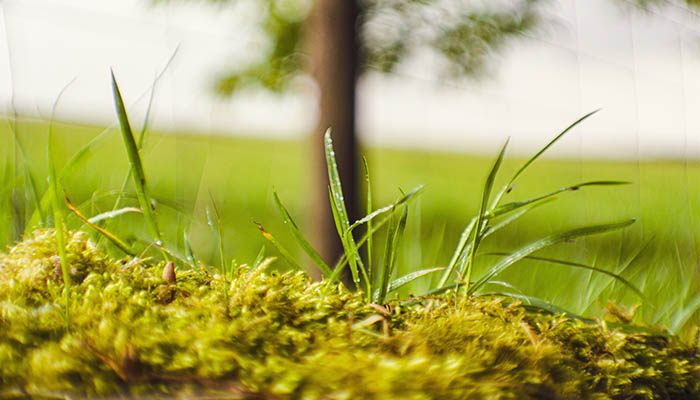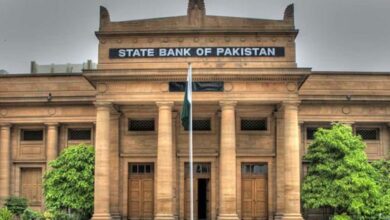
Ever since major cities are experiencing high temperatures, their governments have decided to turn to Green infrastructure to mitigate rising temperatures in an urban area.
They are turning to different methods of planting trees in developed cities that are filled with dark pavement and concrete that absorb the heat of the sun.
This is why it’s getting hotter and hotter every year since we have stopped planting trees.
One of the reasons that stimulate urban environments to reach heating temperatures is a dearth of vegetation.
Trees can make an enormous difference in this regard. Promoting greenery can resist global warming up to a great level. This is why they have come up with a model.
One model recommends that developed cities’ temperatures could be decreased by over four degrees Fahrenheit if we started planting trees.
These arduous tree-planting undertakings are not as simple as planting a few saplings and calling it a day.
Presently, pandemic-related slowdowns are making finalizing these projects even more difficult in urban areas where heat surges more often so much so that it’s not just uncomfortable, but fatal.
Experts say that there’s commonly this kind of incorrect belief that we place in trees, that they will deliver all of these wonderful social advantages.
But the environmental advantages that trees deliver are totally “context-dependent” Patchy adoption of sprawling tree seeding programs may not steer to the cooling wind we hope in urban habitats.
Experts are bending over backward to cover the cities but these efforts are not sufficient to do that ever since the pandemic has spewed.
As we entered 2020, the endeavor was not ramping up fast sufficiently to achieve the purpose even before the pandemic.
Since covid has slowed down everything and the planting projects are no exception. In comparison to the thousands of trees planted by the city council, Mark Hartman, the city of Phoenix’s chief sustainability officer, said that neighborhood tree planting events accounted for around 1000 trees each year.
Anything that can help contain the heat in some of the hottest areas of cities like Phoenix is badly needed. According to Arizona State University sustainability experts, the city of Phoenix can be up to 15 degrees colder at night than the surrounding desert.
When city engineers took a thermometer to the streets during the day, they learned that bare pavement can exceed temperatures of over 160 degrees, which is hot enough to fry an egg (but with disappointing, inedible results). Walking across a griddle-hot pavement to get to work, school, and do your everyday chores takes a toll on your wellbeing, as you would expect.
People walk a lot of Phoenix’s low-income communities, which have a lot of immigrant families and people of color, but the streets aren’t lined with the leafy oaks, ashes, and elms that line the streets of more wealthy neighborhoods.
Researchers at Arizona State University used satellite imagery in a 2007 analysis to quantitatively demonstrate something that is evident to the naked eye: higher-income communities have a lot of trees.
According to the same report, socioeconomic disparities cause differences in surface temperature between communities.
The temperature in communities in the bottom 10% of the income level is 2.5 degrees Fahrenheit higher on average than in neighborhoods in the top 10%, making it all the more important that tree planting projects prioritize the areas with the least canopy cover.
According to Hartman, the city of Phoenix’s streets department has begun planting trees “exclusively” in areas with “extreme heat risk, high walking, high pedestrian corridors.”
Although trees are a potentially “green” solution to the oppressive summer city temperatures, in reality, many challenges occur, including keeping track of how many trees have already taken root and persuading landowners to continue planting saplings along with their private property.
Cities are now doing such a good job in some situations that they are running out of capacity, such as Washington, D.C., which has 38 percent canopy coverage but hopes to increase it to 40 percent.
Public property alone isn’t enough for new trees in Washington D.C., as well as in cities like Phoenix and Los Angeles, and now, residents will have to plant trees on private property to help reach their canopy coverage goals. In many cases, that means landowners need to take care of those trees since they technically don’t belong to the city itself.
New York, on the other hand, proved that ambitious canopy goals are not out of reach. In 2007, during the first of his three terms as mayor of New York, Michael Bloomberg launched a public-private partnership whose goal was to plant a million trees in 10 years—and it got there two years ahead of schedule.
Finally, while trees are a nice place to start, we still have a lot to think about how well they work to cool down our hottest cities. Turner says, “I don’t believe we have the solution because the systems aren’t advanced enough to make a measurable difference.”
Many of these projects are failed to achieve their original targets because it takes years for trees to develop into full-fledged shade-providers. She believes that in the future, communities will need to consider not only whether they met a nominal target for tree planting, but also how well those trees, however many they are, provided the cooling benefits that the city requires.




